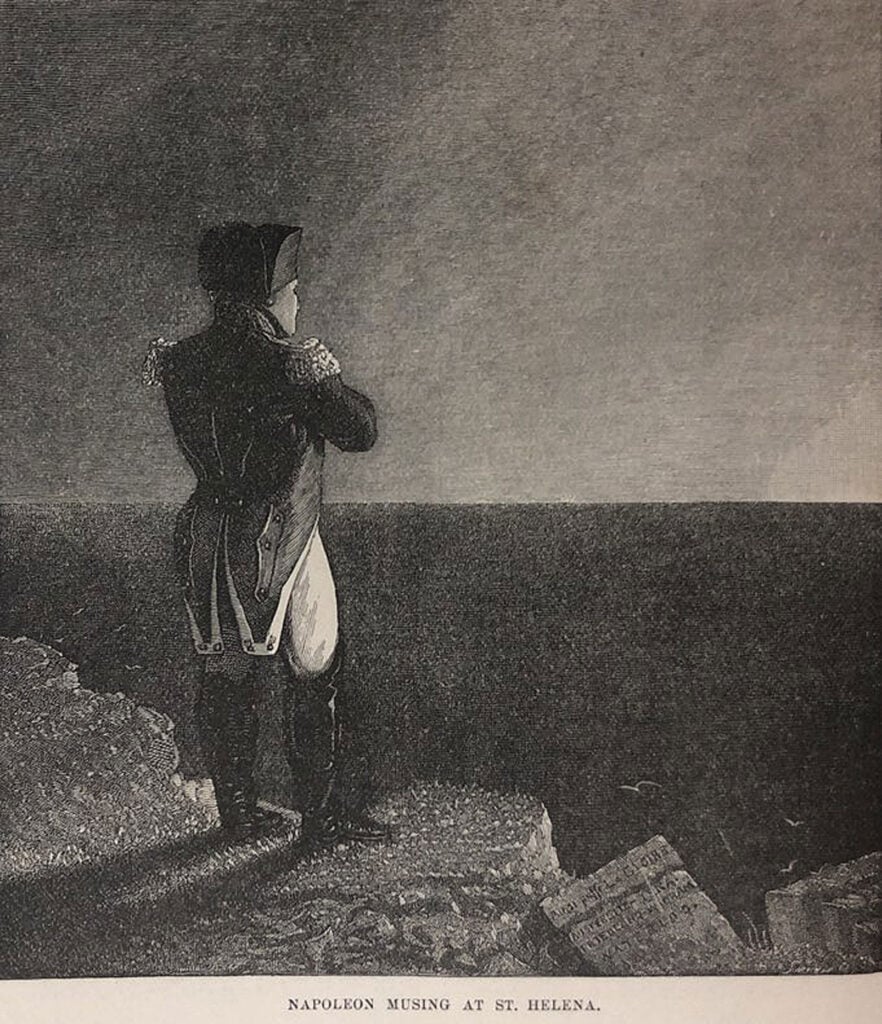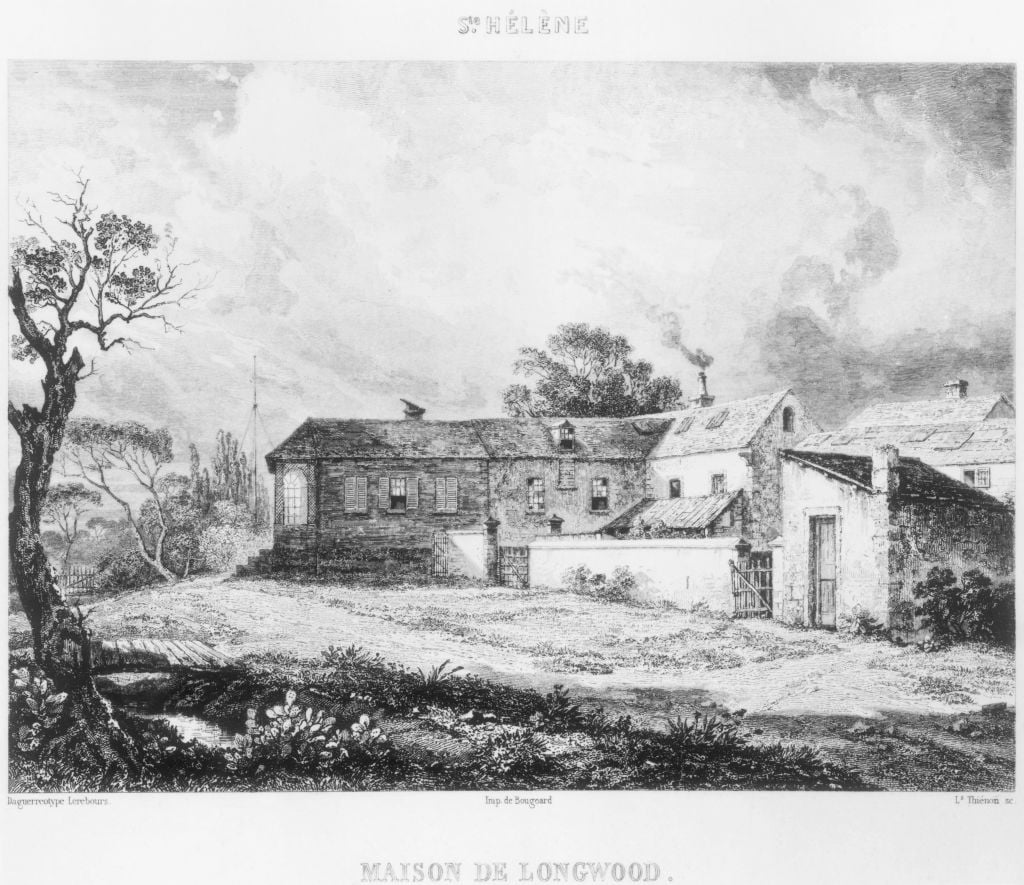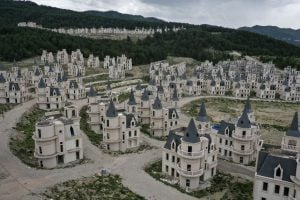Ahead of the release of the new film Napoleon, we take a look at St. Helena, the island where the late French emperor spent his final days.
As you may know, St. Helena was not the scene of Napoleon’s first exile, but after arriving on the isolated island in the mid-Atlantic Ocean in 1815, he would not again leave. Over 200 years on from his death, St. Helena remains a popular tourist destination, with the legacy of Napoleon’s time on the island still very much felt to this day.

After he was finally defeated at the Battle of Waterloo in 1815, Napoleon wanted to go to America. It was clear he was unlikely to once more ride triumphantly into Paris, as he had done only a year earlier, and he did not much like the idea of living captive in Britain, so instead he looked west, to the new frontier and the United States.
He nearly managed it. While hoping to be granted clearance from the British to sail for America in exile, he hid aboard a vessel near Rochefort, on the western coast of France. His baggage, it is reported, included enough furniture and possessions for residences in both the city and country.

Yet Britain would not grant his wish and rather than facing the growing animosity towards him in France, he surrendered to the British on July 15, 1815. Having a year before been sent to the Meditteranean island of Elba, from which he escaped, he was now sent to the rather less attractive Atlantic isle of St. Helena.
St. Helena is incredibly isolated. The island, which measures 10 by 5 miles (16 by 8 kilometers) is more than 1,200 mi (2,000 km) from the nearest major landmass land – the southern coast of Angola. The closest islands are Ascension, over 800 miles northwest, and Tristan da Cunha (home to the most remote society in the world), which is roughly 1,500 miles to the south.
Napoleon arrived on the island in October 1815, after ten weeks at sea on board the HMS Northumberland. He was greeted by William Balcome, then an employee of the East India Company and former family friend of Napoleon. He lived in Briars Pavilion at first, but soon before the end of 1816, he was downgraded to Longwood House, a building renowned for its cold temperatures and rat infestation.
Read More: This is the world’s most remote lighthouse
During the early years of his time there, Napoleon is said to have taken regular walks, gone riding and dictated his memoirs to the loyal companions he had left. As time wore on, however, loneliness and boredom began to take their toll.
While it was Balcome who welcomed him, Sir Hudson Lowe was appointed Governor of St Helena during Napoleon’s time on the island. The two famously did not get on as well. They only met six times during Napoleon’s stay on the island, the two struggling to get past the fact that Lowe refused to address Napoleon as Emperor of the French. Despite this sticking point, Napoleon did eventually persuade Lowe to construct a new Longwood House.

Sadly for him, Napoleon died from suspected stomach cancer on May 5, 1821, just before his new home was completed.
The original Longwood House is now a Napoleonic Museum. It is preserved with the original furniture dating right back to 1821, and is now home to over 900 additional artefacts. It is supported by Fondation Napoleon and over 2000 donors, and visitors can also visit an exact replica of the room where Napoleon died.





